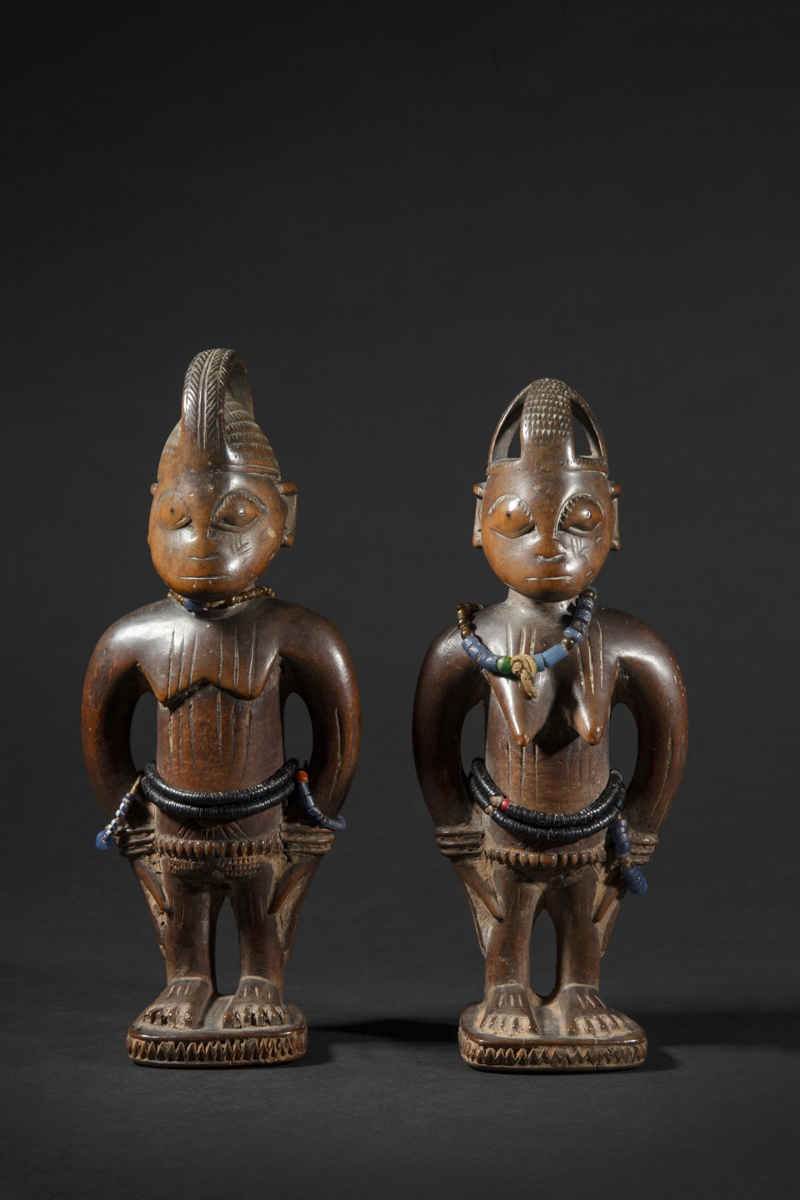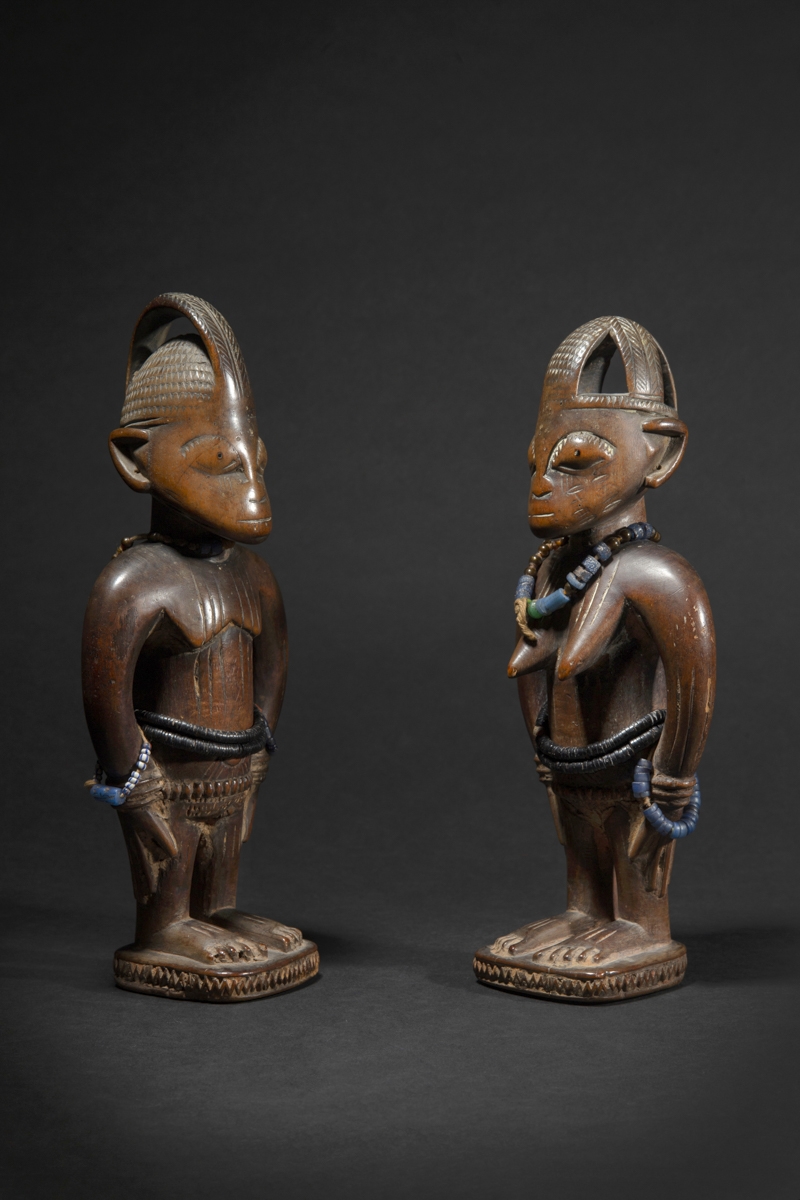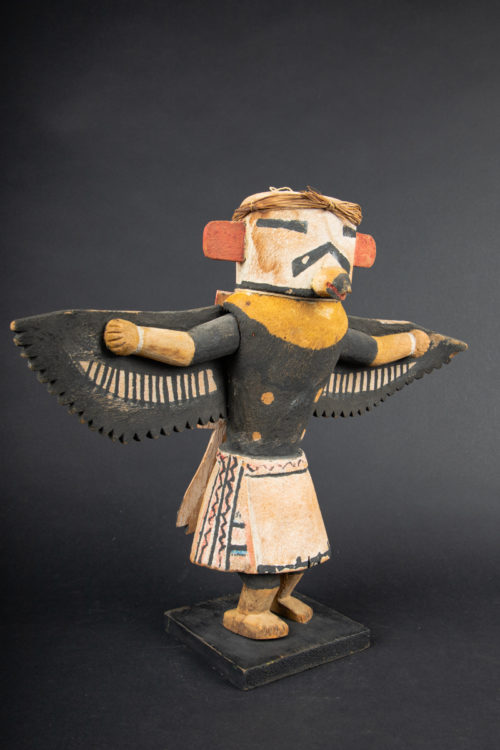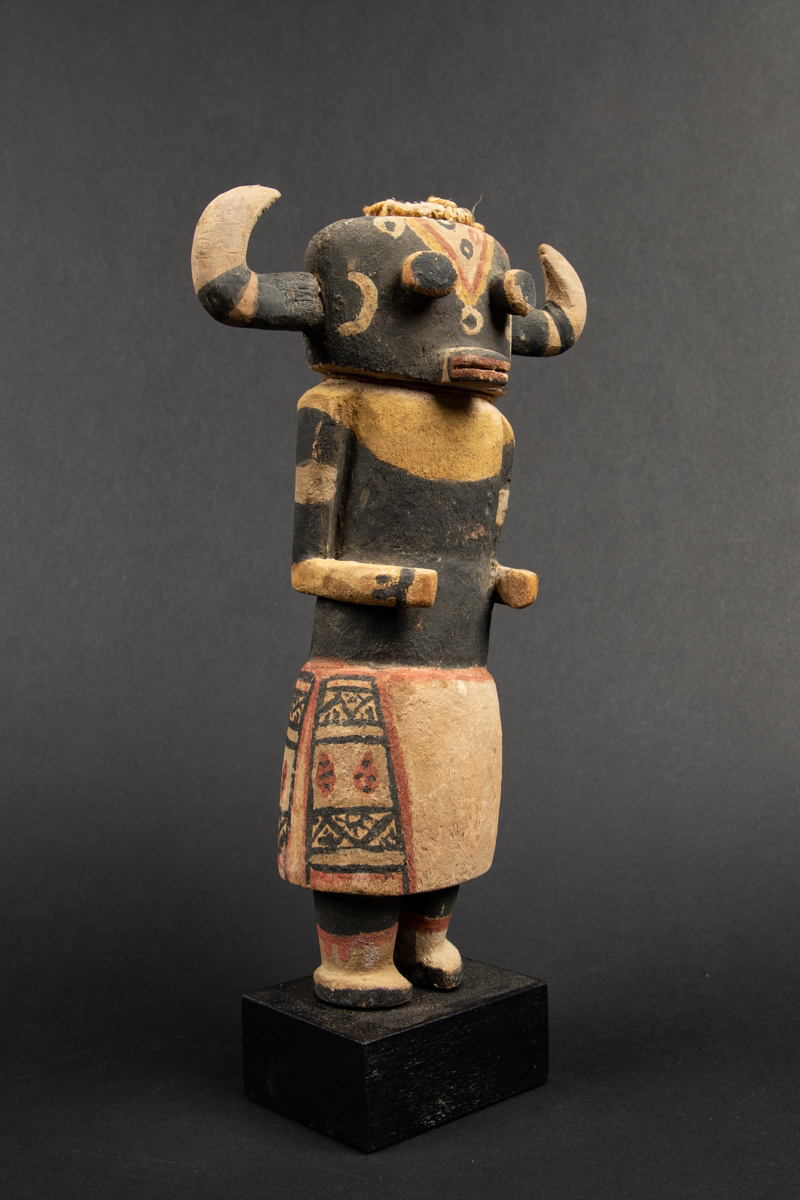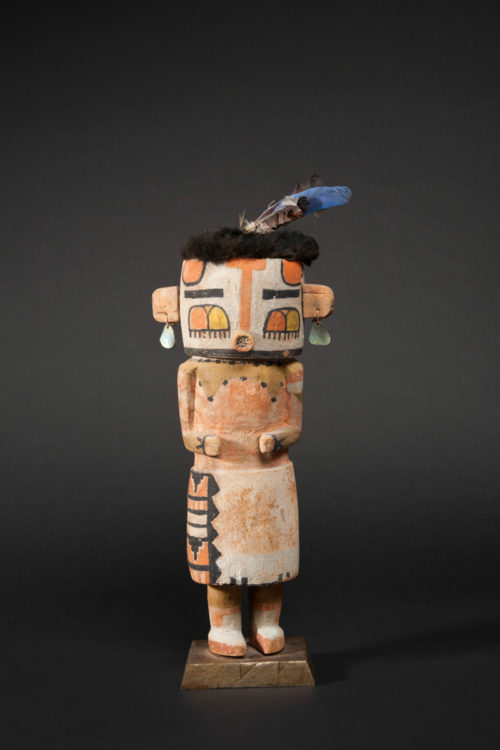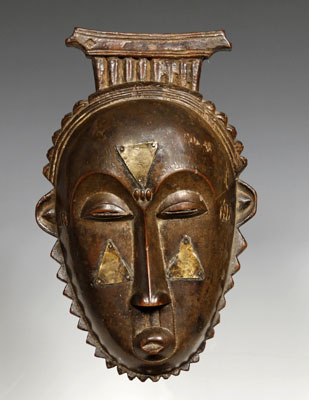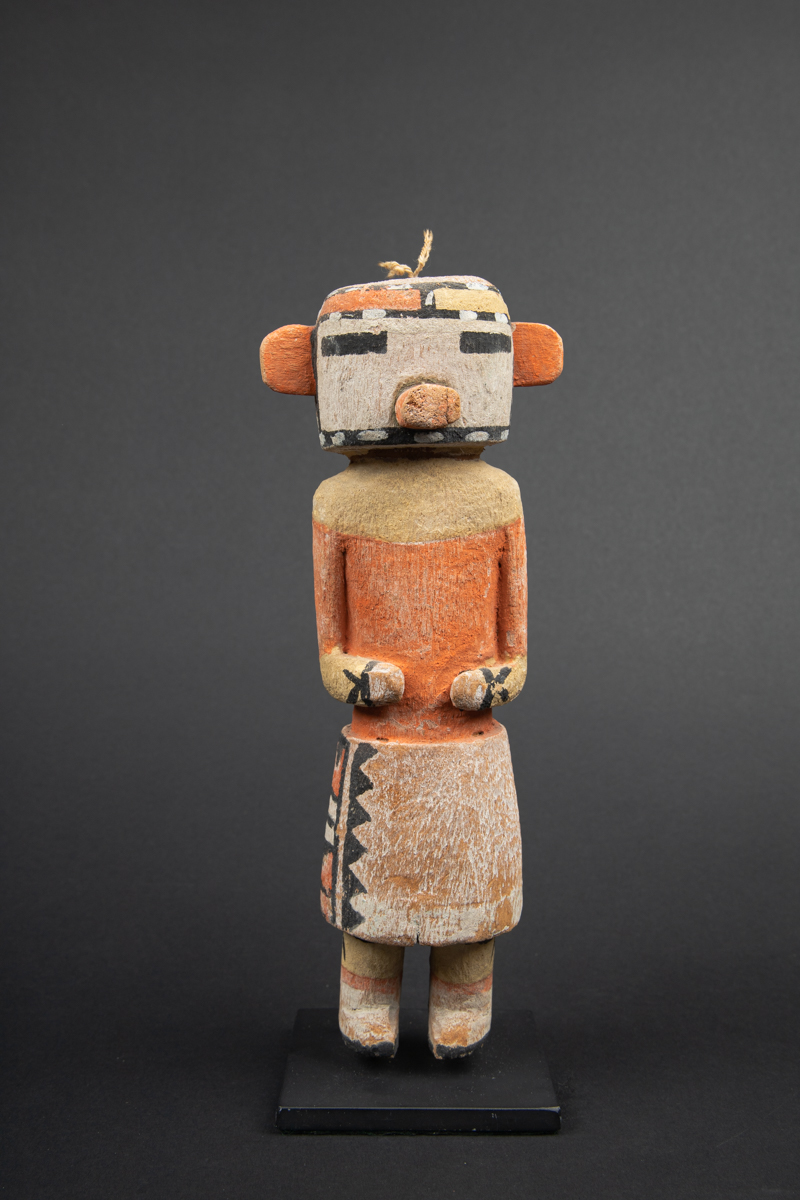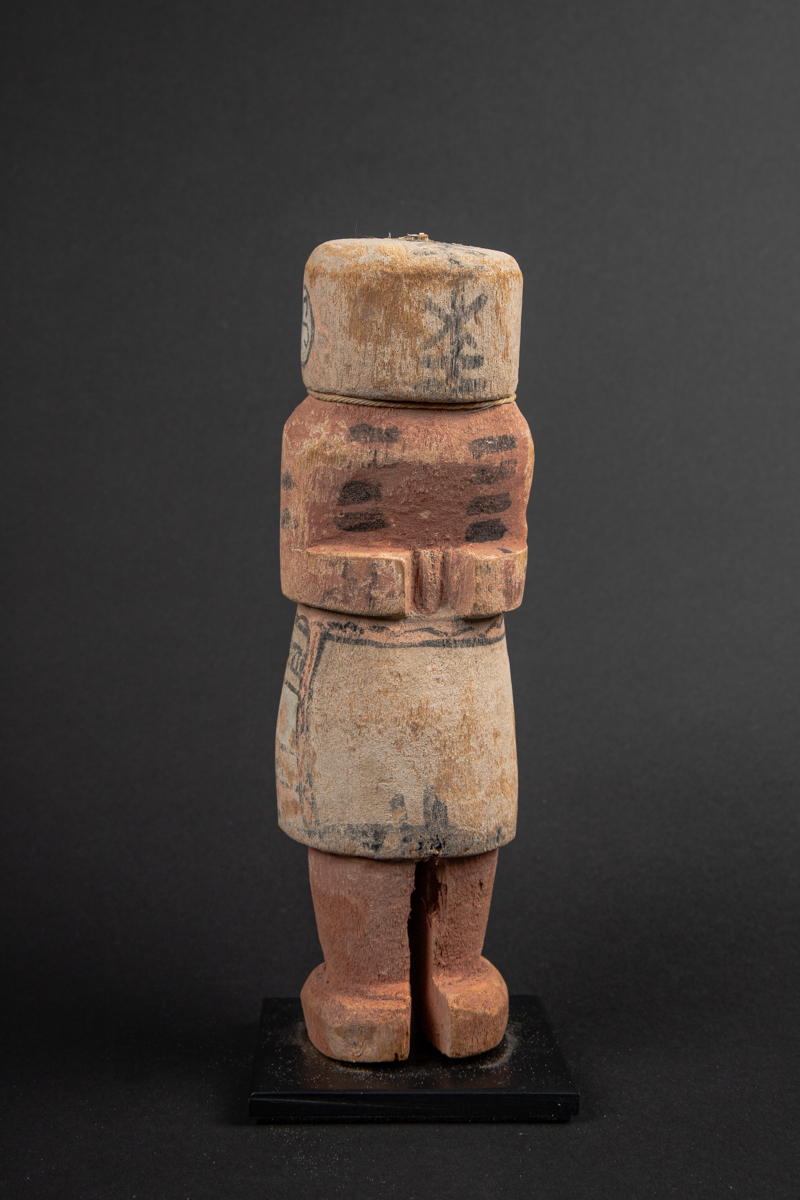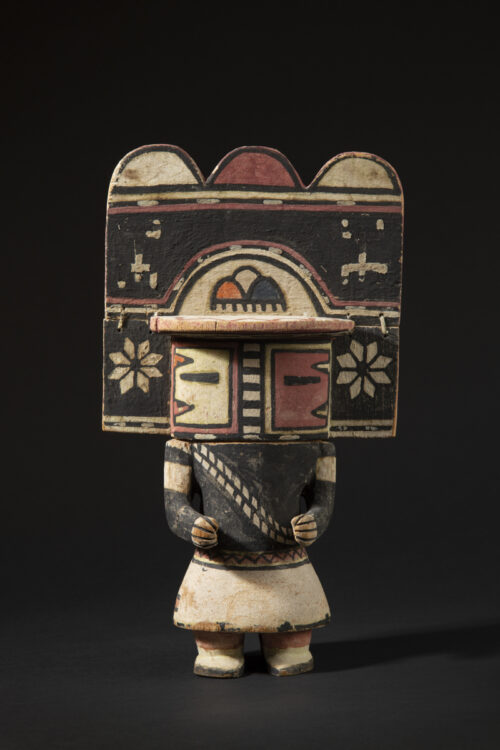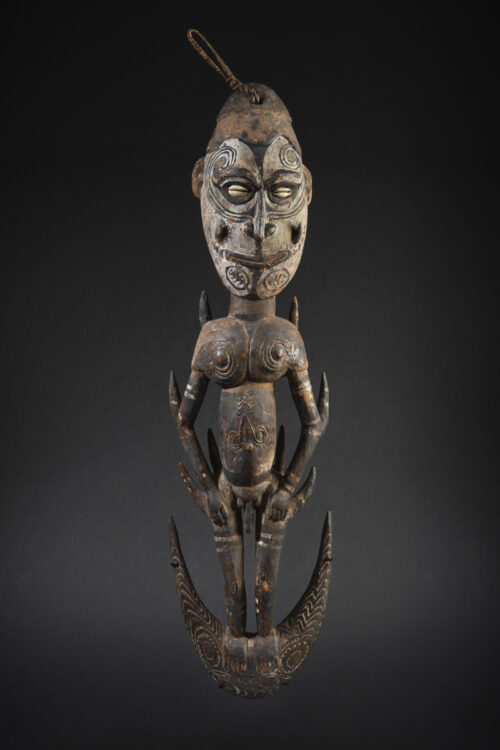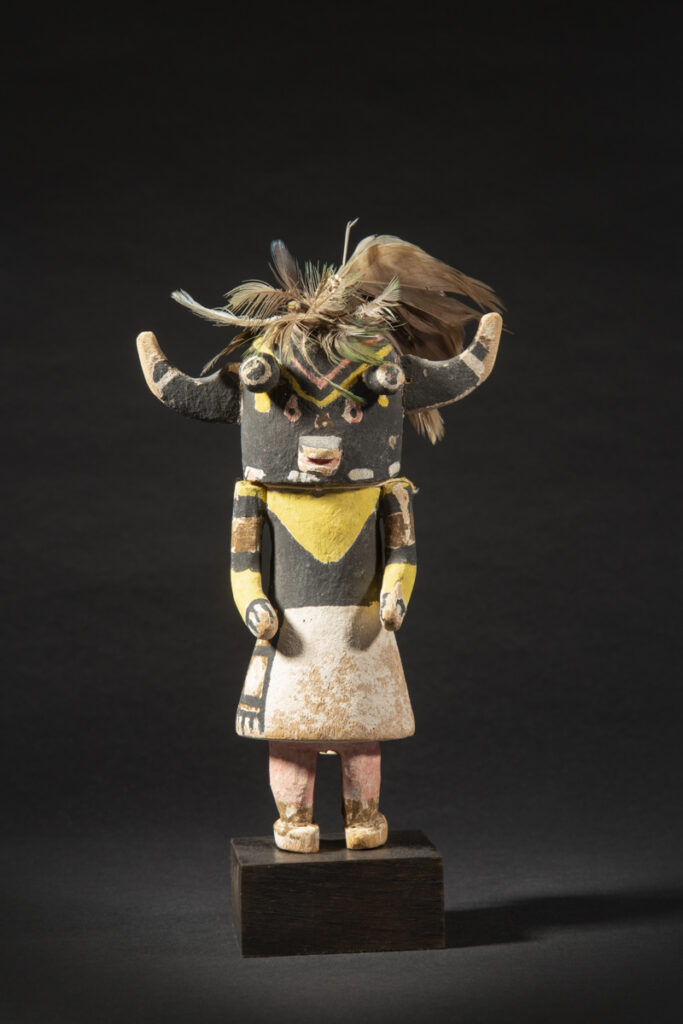Archives | Nigeria
Ibeji
Nigeria
Ere Ibeji twin figures
Yoruba
Oke Iho style
Oyo area, Nigeria
Late 19th or early 20th century
Carved wood, pigments, beads
Height: 26 cm – 10 ¼ in.
Provenance
Ex Christie’s London, 19 June 1979, lot 251
Ex private collection, UK, 1979-2018
Ex Sotheby’s Paris, 13 June 2018, lot 64
Ex private collection, France
Literature
« Yoruba, Sculpture of West Africa », William Fagg, John Pemberton 3rd, 1971, fig. 36, p. 38
Sold
The statuettes linked to twin worship, are called ere ibeji in the Yoruba language: ere signifying a sacred image, ibi born and eji a double. Symbols of prestige, wealth and fecundity, ere ibeji figures also guaranteed the perpetuation of future generations. These
effigies of ancestors were an integral part of everyday activities, punctuating the family life of the Yoruba.
Subject to very codified rituals, ere ibeji figures were pampered, with their care including feeding, washing and oiling.
They were considered to be living beings. Representations always showed them at the peak of their strength and power in adulthood.
In 1971, William Fagg & John Pemberton chose to feature this powerful and refined couple of Ere Ibeji figures in their groundbreaking publication "Yoruba, Sculpture of West Africa".
effigies of ancestors were an integral part of everyday activities, punctuating the family life of the Yoruba.
Subject to very codified rituals, ere ibeji figures were pampered, with their care including feeding, washing and oiling.
They were considered to be living beings. Representations always showed them at the peak of their strength and power in adulthood.
In 1971, William Fagg & John Pemberton chose to feature this powerful and refined couple of Ere Ibeji figures in their groundbreaking publication "Yoruba, Sculpture of West Africa".
Explore the entire collection






